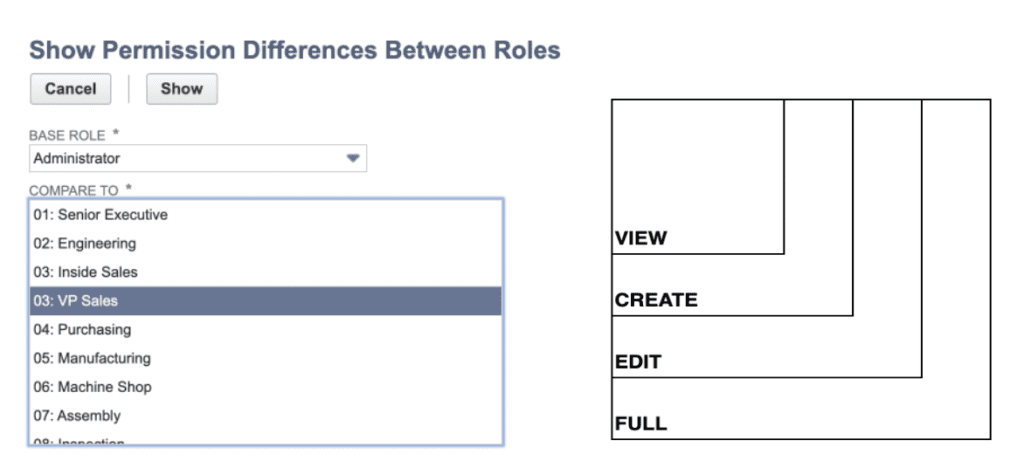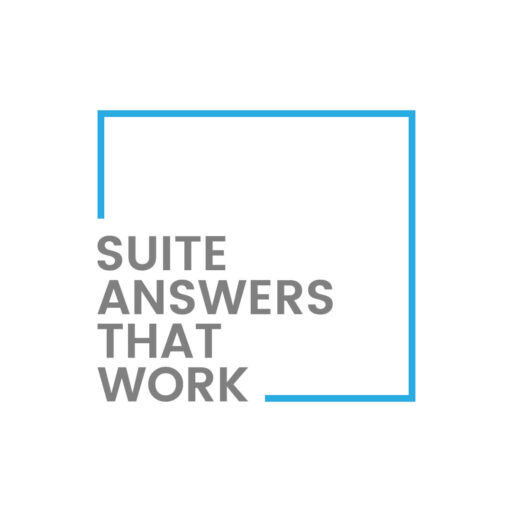Introduction:
Roles are a foundational part of NetSuite. Roles are defined as a collection of configured permissions that dictate what data a NetSuite user can view, create, edit, and delete. Roles directly correlate to the overall data security of your NetSuite account.
Overview:
When first creating a NetSuite account, the role for that specific user will default to the security role of administrator. The administrator security role is a global role and inherently has access to all data within the current NetSuite account. The administrator is responsible for assigning roles to any additional users. Before the administrator can assign one or multiple roles to a user, they must first navigate through the setup and management of standard roles provided by NetSuite. The number of standard roles is dependent on the modules purchased for your account.
Role: Administrator
Path: Setup > User/Roles > Manage Roles

Each standard role has a unique combination of the four official permissions: view, create, edit, and full. If no permission is assigned, NetSuite will default to none, which has zero permissions to access data. Permission sets will include their own functionality and the functionality for all lesser permissions. “View” means that the user can view or read data but cannot interact. “Create” allows the user to create new records. “Edit” allows the user to edit records. Finally, “Full” allows the user to view, create, edit, and delete. Roles can be compared to one another to illustrate the differences between them. If you are facing issues here, then get help from NetSuite consultants.
Role: Administrator
Path: Setup > User/Roles > Show Role Differences



The leading practice for assigning a role to a user has a few important steps. First, the administrator would navigate to the manage roles interface, select an appropriate standard role depending on the data the user will be interacting with, and click “Customize” in the far-left column.
Role: Administrator
Path: Setup > User/Roles > Manage Roles

By customizing a standard role in the NetSuite tool, the administrator has effectively cloned the standard role and created a new one but with the same collection of permissions. All but the administrator role can be customized to create a custom role.
Roles are the base set of permissions assigned to a user and can be built by utilizing security layers. Security layers are highly customizable and can give users specific access to data that is above their base permission set. The use of security layers is very helpful when dealing with multiple subsidiaries.
Conclusion:
Leveraging the power of roles and managing permissions within custom roles is paramount to maintaining good security hygiene within your NetSuite account. Whether your organization has 20 or 200 employees managing your roles goes a long way toward efficient workflow, effective internal controls, and ongoing management of permissions.
About Us
We are a NetSuite Solutions Partner and reseller with 30+ years of combined experience. We specialize in implementation, optimization, integration, rapid project recovery and rescue as well as custom development to meet any business need. If you would like more information on NetSuite or are in need of consultation for your project or implementation, feel free to contact our NetSuite support.
To Contact Us ClickHere


